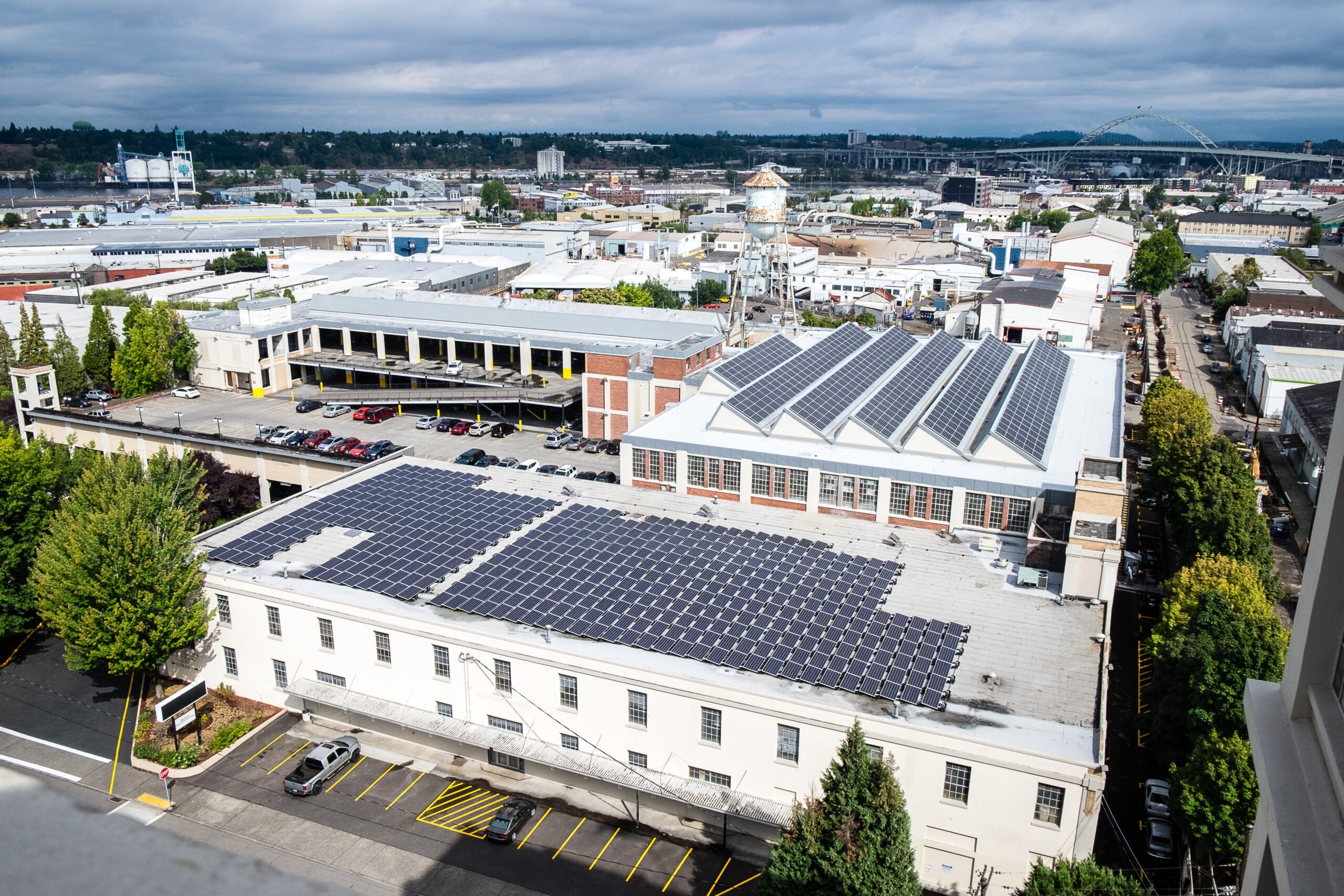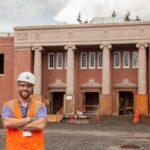Successfully Pitching Energy-Saving Systems
Tim Hendricks, CFM and Marc Fazio first pitched the Bill Naito Company’s (BNC) board of directors on a major energy efficiency upgrade at Montgomery Park, company leaders were skeptical the investment would pay off.
It’s a different story today. A new HVAC system ended up decreasing the building’s utility bills by one-third. “Now board members are asking, ‘What’s the next project?’” Fazio says.
What’s the secret to selling energy efficiency upgrades to a cautious board or CEO? The right combination of partners, data and incentives.
In Montgomery Park’s case, Hendricks started the project with two vital steps. He benchmarked current energy usage, and he started networking with engineers to learn about state-of-the-art systems that could decrease the building’s energy consumption.
That’s how he met Mark DeWeirdt with MacDonald-Miller Facility Solutions, a Northwest design-build mechanical contractor. When Hendricks described the HVAC needs at Montgomery Park, DeWeirdt crunched the data and suggested a system modification that would be a good fit. Within weeks he’d put together a proposal detailing potential energy and costs savings. MacDonald-Miller also gave BNC access to a building performance analysis tool designed to help them track energy and carbon savings.
Based on this information, Hendricks and Fazio put together a financing package for the new system. A combination of cash incentives from Energy Trust of Oregon and private financing meant BNC would have no out-of-pocket expense — a scenario that’s fairly common, Hendricks says.
Fazio created financial projections showing that the company would be able to pay back the loan using the savings from lower utility bills. The risk in this scenario was mitigated by the fact that many companies (including MacDonald-Miller) can provide performance guarantees for their energy programs. “They give you an estimate of the savings, and if they don’t meet it, they’ll pay for the savings that were not realized,” he says. “Th at way we could tell the board that even if we didn’t get the projected energy savings, we were protected.”
Once the loan was paid back, BNC would see significant cost savings, which gave Hendricks and Fazio a compelling case. But Hendricks sweetened the deal by pointing out the many additional benefits of a more energy-efficient HVAC system: greater comfort for tenants, more competitive leasing by marketing Montgomery Park as a “green” building, replacing dated equipment with incentives rather than capital funds, increasing the building’s net operating income and investment value, and doing the right thing for the environment.
The project has been a win on all fronts, and Hendricks says that’s the message he wants to convey to other decision-makers. “Some of these stories about energy savings seem too good to be true, but they’re not. Don’t be afraid to go ahead and do these projects.”





